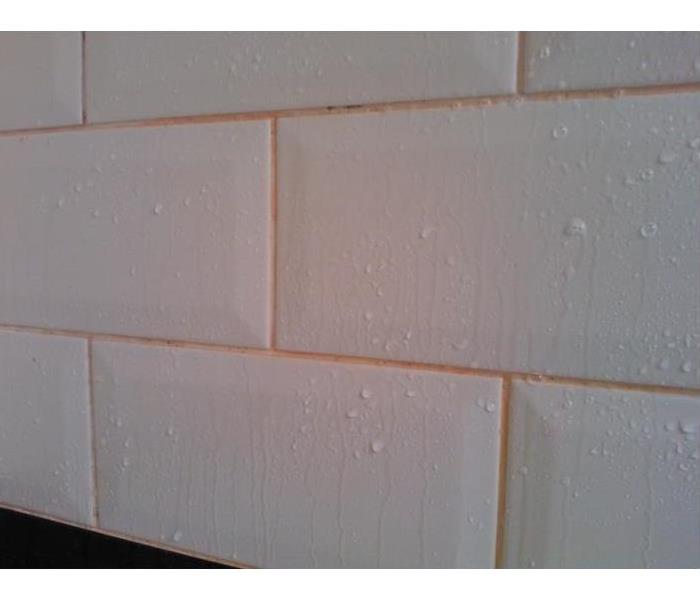Pink Mold?
7/3/2018 (Permalink)
Have you noticed discoloration in your bathroom surfaces? Pink mold can be unpleasant to look at but follow these tips and kick this mold to the curb for good!
Unlike Cladosporium, or the notorious black mold, pink “mold” at all. The discoloration that you see comes from a biofilm of Serratia marcescens. It thrives in moist areas like your shower. It feeds on mineral deposits in soap scum and fatty deposits in soap and shampoo residue. Although it may be harmless to some, this mold can cause some illnesses such as a urinary tract or bladder infections if it enters the body through the eyes or open wound. Luckily, the pink to almost red coloring the mold produces makes it much easier to pin point and remove from shower, walls, floors, countertops, shower doors, and curtain liners.
- The biofilm of Serratia marcescens can be removed through a little elbow grease. Start by mixing a quarter-cup baking soda and a tablespoon of liquid dish soap in a small bowl. Try to limit your exposure to the bacteria by wearing gloves and protective glasses. Vigorously scrub down any visible patches of biofilm on hard surfaces in the shower with a soft bristle brush. Rinse away any loosen biofilm.
- Make sure to disinfect these same areas. It is not enough just to scrub away the biofilm. You must disinfect to get rid of any lingering bacteria to prevent it from returning. Bleach is your best option for killing any last bit of bacteria left behind. Pour six ounces each of chlorine bleach powder and warm water into a 12-ounce spray bottle. Spray the solution over the hard surfaces and let it sit for 10 minutes. Use a fresh soft bristle brush to scrub down surfaces, rinse down the surface, and dry with a clean towel.
- Sanitize your shower curtains. It is a popular hangout spot for pink mold since curtains are rarely cleaned and usually riddled with soap and shampoo residue. Run your curtains through the washing machine on a gentle wash cycle preferably with warm water and let it air dry before hanging back up. This will effectively remove any Serratia marcescens bacteria.
- Serratia marcescens is more likely to spread in damp areas, so make sure to dry or squeegee hard surfaces after every use to remove excess water.
- Use a damp towel to wipe away soap residue that collects in the shower after every use.
- Identify and repair leaking shower heads or faucets that may create excessive dampness in the shower.
Source: www.bobvila.com






 24/7 Emergency Service
24/7 Emergency Service